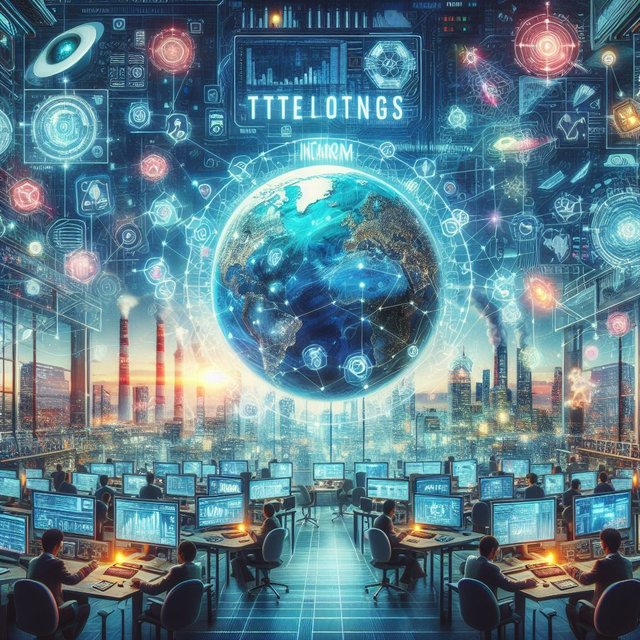The Internet of Things: A Comprehensive Exploration into the Future of Connectivity
Introduction:
The Internet of Things (IoT) has emerged as a revolutionary paradigm, transforming the way we interact with the world around us. In this era of digital connectivity, the integration of everyday devices into the fabric of the internet has opened up unprecedented opportunities and challenges. This article delves into the multifaceted landscape of IoT, exploring its origins, current state, and the profound implications it holds for the future.
Defining the Internet of Things:
The Internet of Things refers to the interconnected network of physical devices embedded with sensors, software, and other technologies that enable them to collect and exchange data. These "smart" devices range from household appliances and wearables to industrial machinery and city infrastructure, creating a vast ecosystem of interconnected entities.
The Evolution of IoT:
The roots of IoT can be traced back to the early 1980s when the concept of networked appliances was first introduced. However, it wasn't until the 2000s that advancements in communication technologies, miniaturization, and data processing capabilities paved the way for the widespread adoption of IoT. Today, IoT is a driving force behind the Fourth Industrial Revolution, facilitating the convergence of physical and digital realms.
Key Components of IoT:
IoT systems comprise several key components, including sensors, actuators, communication protocols, and cloud computing. Sensors gather data from the physical environment, while actuators enable devices to respond to that data. Communication protocols facilitate seamless data exchange, and cloud computing provides the storage and processing power necessary for managing vast amounts of information generated by IoT devices.
Applications of IoT:
The applications of IoT are diverse and continue to expand across various sectors. In healthcare, IoT devices monitor patient vitals and streamline medical processes. In agriculture, IoT sensors optimize irrigation and crop management. Smart homes leverage IoT for energy efficiency, security, and convenience. Industrial IoT (IIoT) enhances manufacturing processes, and smart cities leverage IoT for efficient urban planning and resource management.
Challenges and Security Concerns:
While the potential benefits of IoT are immense, the rapid proliferation of connected devices has brought forth significant challenges. Security concerns, including data privacy, network vulnerabilities, and the potential for cyber-attacks, pose substantial risks. As IoT devices become integral to critical infrastructure, addressing these challenges becomes paramount to ensuring a secure and resilient digital landscape.
Future Trends and Innovations:
The future of IoT holds exciting possibilities. Edge computing, artificial intelligence, and 5G connectivity are poised to revolutionize the capabilities of IoT devices, enabling faster processing, reduced latency, and enhanced overall performance. The integration of blockchain technology may address security and trust issues, further solidifying the foundation for widespread IoT adoption.
Ethical Considerations:
As IoT becomes more deeply ingrained in our daily lives, ethical considerations regarding data ownership, consent, and the potential societal impacts of ubiquitous connectivity come to the forefront. Striking a balance between innovation and responsible implementation is crucial to ensure the ethical development and deployment of IoT technologies.
Conclusion:
The Internet of Things represents a transformative force that is reshaping the way we live, work, and interact with the world. While it brings unparalleled opportunities for efficiency, convenience, and innovation, it also presents complex challenges that demand careful consideration. As we navigate the evolving landscape of IoT, it is essential to remain vigilant, embracing the potential for positive change while addressing the ethical, security, and privacy implications that accompany this era of connected devices.
